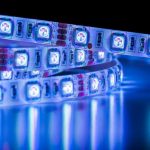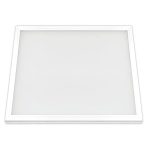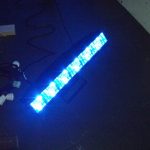How Often Should You Use LED Light Therapy for Optimal Results?
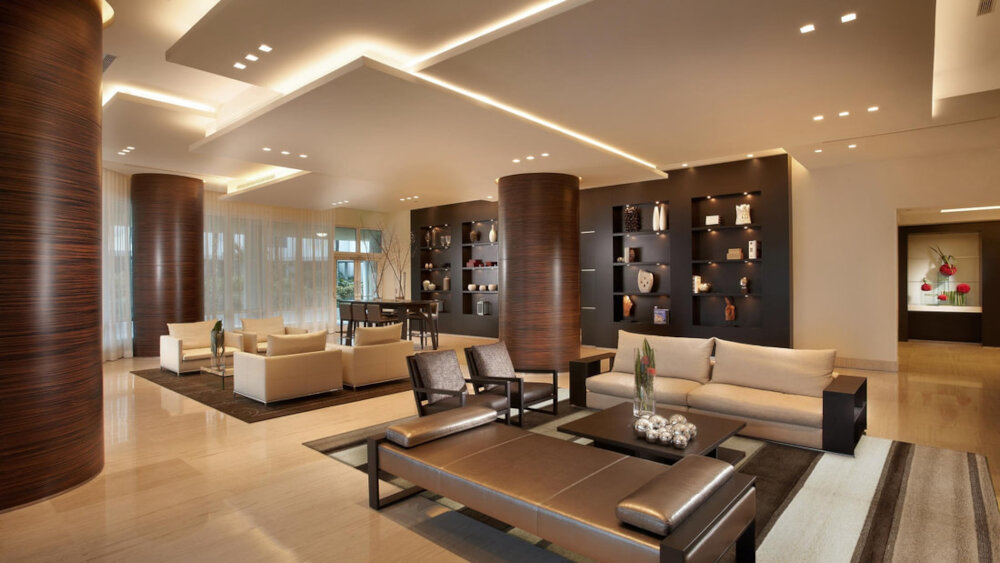
Light therapy has become increasingly popular in recent years, with many people turning to this non-invasive and drug-free treatment to improve their skin health, reduce inflammation, and even treat certain medical conditions. LED light therapy, in particular, has gained a lot of attention for its ability to penetrate deep into the skin and provide a range of benefits. However, one question that many people have is, how often should you use LED light therapy for optimal results?The answer to this question depends on a variety of factors, including the specific condition you are treating, the intensity and wavelength of the light, and your skin type. In general, LED light therapy is safe and can be used frequently, but it is important to understand the recommended usage guidelines to avoid overexposure and ensure that you are getting the best possible results. In this article, we will explore the different factors that can impact how often you should use LED light therapy, and provide some general guidelines to help you determine the best approach for your individual needs.
LED light therapy is a non-invasive and painless treatment that uses different wavelengths of light to penetrate the skin at varying depths. It is believed to stimulate the production of collagen and improve cell regeneration, which can lead to a reduction in fine lines, wrinkles, and acne. The therapy can also reduce inflammation and improve circulation, making it a popular treatment for a variety of skin concerns. The length and frequency of LED light therapy sessions may vary depending on the desired results and the specific device being used. While some people may see results after just one session, others may require several sessions to achieve optimal results. It is important to consult with a skincare professional to determine the best treatment plan for your individual needs.
LED light therapy has proven to be an effective treatment for various skin concerns, including acne, wrinkles, and inflammation. The therapy works by penetrating the skin’s surface with different wavelengths of light, stimulating the production of collagen and elastin, reducing inflammation and redness, and promoting cellular repair. Additionally, LED light therapy is a non-invasive and painless treatment that does not require any downtime, making it a convenient option for those with busy schedules. Regular use of LED light therapy can result in significant improvements in the skin’s overall appearance, making it a worthwhile investment for anyone looking to enhance their skin’s health and beauty.
Understanding LED Light Therapy

LED light therapy is a non-invasive and painless treatment that has gained popularity in recent years due to its numerous benefits. This therapy involves the use of different wavelengths of light to penetrate the skin and stimulate cellular activity, which can help reduce fine lines, wrinkles, acne, and inflammation. The therapy is often used in spas and dermatologist offices, and it can also be done at home with the use of LED light therapy devices. The wavelengths of light used in LED light therapy are typically red, blue, or a combination of both, and each wavelength has its unique benefits. Red light therapy, for example, is often used to reduce inflammation and promote collagen production, while blue light therapy is used to kill acne-causing bacteria. The frequency and duration of LED light therapy sessions will depend on the individual’s specific needs and the device being used. In general, however, it is recommended that LED light therapy sessions are done over a period of several weeks or months to see optimal results. Many people choose to do LED light therapy treatments 2-3 times per week for 20-30 minutes at a time. It is important to note that LED light therapy is not a one-time solution, and consistent use is required to see the best results. Additionally, it is essential to protect the eyes and avoid looking directly at the LED lights during treatment, as they can cause eye damage. Overall, understanding LED light therapy and its benefits can help individuals make informed decisions about incorporating this treatment into their skincare routine.
LED light therapy is a non-invasive treatment that uses specific wavelengths of light to stimulate the skin’s natural healing processes. This therapy is based on the principle that different wavelengths of light can penetrate the skin at different depths, triggering a range of biological responses. LED light therapy has been shown to improve skin texture, reduce the appearance of fine lines and wrinkles, and promote collagen production. It is also effective in reducing inflammation and redness associated with acne and rosacea. This treatment is safe, painless, and suitable for all skin types. The duration and frequency of LED light therapy sessions depend on the individual’s skin concerns and the device used. However, consistent use of LED light therapy can lead to optimal results.
LED light therapy works by using specific wavelengths of light to penetrate the skin at varying depths, triggering cellular processes that promote skin rejuvenation and healing. The therapy can be used to treat a variety of skin concerns, including acne, wrinkles, and hyperpigmentation. Depending on the desired results, LED light therapy sessions can range from a few minutes to an hour or more. The frequency of treatments also varies depending on the individual’s specific needs and goals, but generally, weekly sessions are recommended for optimal results. LED light therapy is a non-invasive and safe treatment option that can improve the overall health and appearance of the skin without downtime or side effects.
LED light therapy is a non-invasive and effective treatment for various skin conditions. There are different types of LED light therapy that target specific skin concerns. Red light therapy is known for its anti-aging benefits, as it stimulates collagen production and improves skin texture. Blue light therapy, on the other hand, is effective in treating acne by killing acne-causing bacteria. Green light therapy is used to reduce inflammation and hyperpigmentation, while yellow light therapy is used to improve skin tone and texture. Infrared light therapy is also gaining popularity for its ability to penetrate deeper into the skin to promote healing and reduce pain. Overall, the frequency and duration of LED light therapy treatments depend on the specific skin concern being addressed, and it is always recommended to consult with a skincare professional for personalized advice.
How Often Should You Use LED Light Therapy?
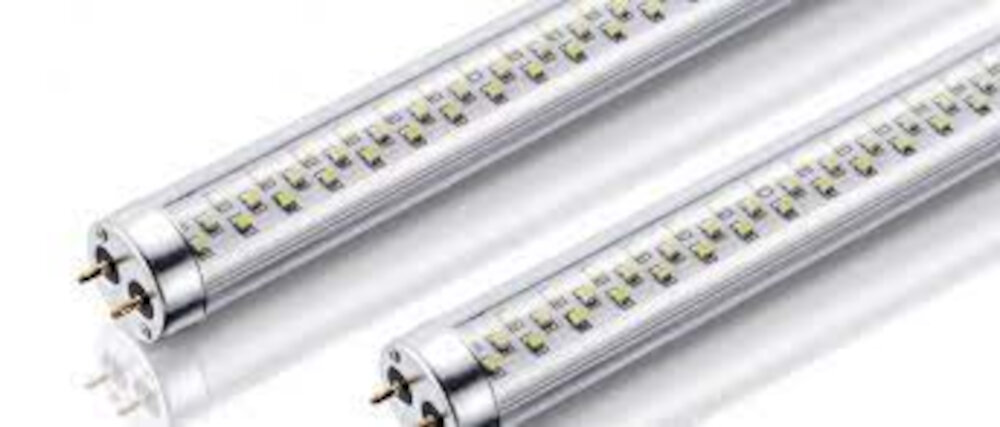
LED light therapy is a non-invasive treatment that works by emitting specific wavelengths of light to promote skin rejuvenation, reduce inflammation, and improve overall skin health. The therapy has become increasingly popular among skincare enthusiasts, and it is important to use it effectively for optimal results. The frequency of LED light therapy sessions depends on the individual’s skin condition and desired results. For example, if the goal is to treat acne, using LED light therapy three times a week for several weeks may be necessary to see significant improvement. However, if the goal is to maintain healthy skin, using LED light therapy once or twice a week may be sufficient. It is important to note that LED light therapy is not a one-time fix for skin issues. Consistency is key when it comes to seeing the best results. Over time, regular use of LED light therapy can help to stimulate collagen production, reduce fine lines and wrinkles, and improve skin texture. However, it is essential to follow the manufacturer’s instructions and avoid overusing the therapy, as this can cause skin irritation and damage. Ultimately, the frequency of LED light therapy sessions should be personalized to suit individual needs and skin conditions.
The frequency of LED light therapy can be affected by various factors, including the skin condition, the type of LED light used, and the duration of the treatment. For instance, individuals with severe acne or wrinkles may require more frequent sessions to achieve optimal results. Moreover, the type of LED light used, such as red, blue, or yellow, can determine the frequency of the treatment. Red light therapy may require less frequent sessions, while blue light therapy may require more sessions. Finally, the duration of the treatment can also impact the frequency. Shorter treatments may require more frequent sessions, while longer treatments may require less frequent sessions. Therefore, it is important to consult with a skincare professional to determine the best frequency of LED light therapy for your individual needs.
The frequency of LED light therapy varies depending on the skin concern that needs to be addressed. For anti-aging and skin rejuvenation, it is recommended to use LED light therapy 2-3 times a week for at least 4 weeks to see noticeable results. For acne treatment, it is recommended to use LED light therapy every other day for at least 4 weeks. For hyperpigmentation, it is recommended to use LED light therapy 2-3 times a week for at least 8 weeks. It is important to note that overuse of LED light therapy can cause skin irritation, so it is best to consult with a skincare professional to determine the appropriate frequency and duration for your specific skin concerns.
Frequency is a crucial factor when it comes to using LED light therapy for skin rejuvenation. The optimal frequency for your skin depends on several factors, including your skin type, the condition you want to treat, and the type of LED device you are using. It is recommended to start with a lower frequency, such as 2-3 times per week, and gradually increase the frequency based on how your skin responds. If you have sensitive or acne-prone skin, it is best to use the therapy less frequently, such as once per week, to avoid irritation. On the other hand, if you have mature or sun-damaged skin, you may benefit from using LED light therapy more frequently, such as up to 5 times per week. Remember, consistency is key when it comes to achieving optimal results with LED light therapy.
Tips for Using LED Light Therapy
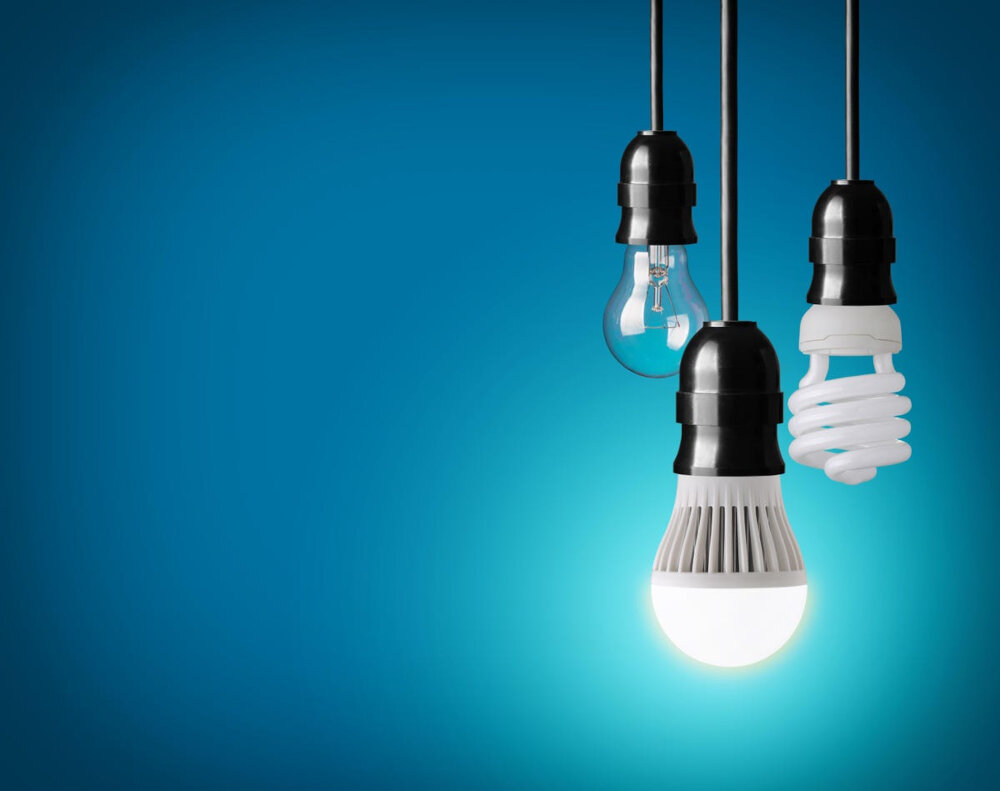
LED light therapy is a non-invasive skincare treatment that uses specific wavelengths of light to stimulate collagen production, reduce inflammation, and improve the overall appearance of the skin. If you’re considering trying LED light therapy, there are a few tips to keep in mind. First, it’s important to choose the right type of LED light for your skin concerns. For example, blue light is best for acne-prone skin, while red light is ideal for anti-aging benefits. Additionally, it’s important to use the LED light consistently for optimal results. Depending on your specific goals, you may need to use the light therapy device for several weeks or even months to see significant improvements in your skin. Another important tip for using LED light therapy is to ensure that your skin is clean and free of any makeup or skincare products before using the device. This will allow the light to penetrate deeper into your skin and provide more effective results. Additionally, it’s important to protect your eyes from the LED light by wearing protective goggles. Lastly, it’s important to use the LED light therapy device as directed and not overuse it. Overusing the device can lead to skin irritation and other negative side effects. By following these tips, you can safely and effectively use LED light therapy to improve the appearance of your skin.
Before starting LED light therapy, it’s important to take a few precautions to ensure optimal results and avoid any potential risks. Firstly, it’s recommended to consult with a healthcare professional to determine whether LED light therapy is suitable for you, especially if you have any pre-existing skin conditions or medical conditions that may be affected by the treatment. Additionally, it’s important to ensure that the LED device is of high quality and meets safety standards, as using a faulty device can cause harm to the skin. It’s also advisable to start with shorter treatment sessions and gradually increase the duration and frequency as per the recommendations of the manufacturer or a professional. Finally, it’s important to protect the eyes from the bright light by wearing approved eye protection during the treatment. By following these precautions, you can safely and effectively use LED light therapy for optimal results.
When using LED light therapy at home, there are some tips to keep in mind to ensure optimal results. First, always make sure to follow the manufacturer’s instructions carefully, including the recommended length of treatment and the distance between the device and your skin. It’s also important to use the appropriate type of LED light for your specific skin concern, whether it’s red light for anti-aging or blue light for acne. Additionally, it’s best to start with shorter treatment times and gradually increase as your skin adjusts to the therapy. Finally, be sure to always protect your eyes with goggles or closed eyelids during treatment to prevent damage. With these tips in mind, LED light therapy can be a safe and effective addition to your at-home skincare routine.
Combining LED light therapy with other skincare treatments can enhance the overall effectiveness of the treatment. For example, using LED light therapy in conjunction with a skincare product that contains retinol can boost collagen production and improve the appearance of fine lines and wrinkles. Using LED light therapy before or after a chemical peel can help reduce inflammation and redness, allowing for a quicker recovery time. Additionally, using LED light therapy after a microdermabrasion treatment can help soothe the skin and reduce the risk of post-treatment breakouts. It’s important to consult with a skincare professional to determine the best combination of treatments for your individual needs and skin concerns.
Choosing the Right LED Light Therapy Device
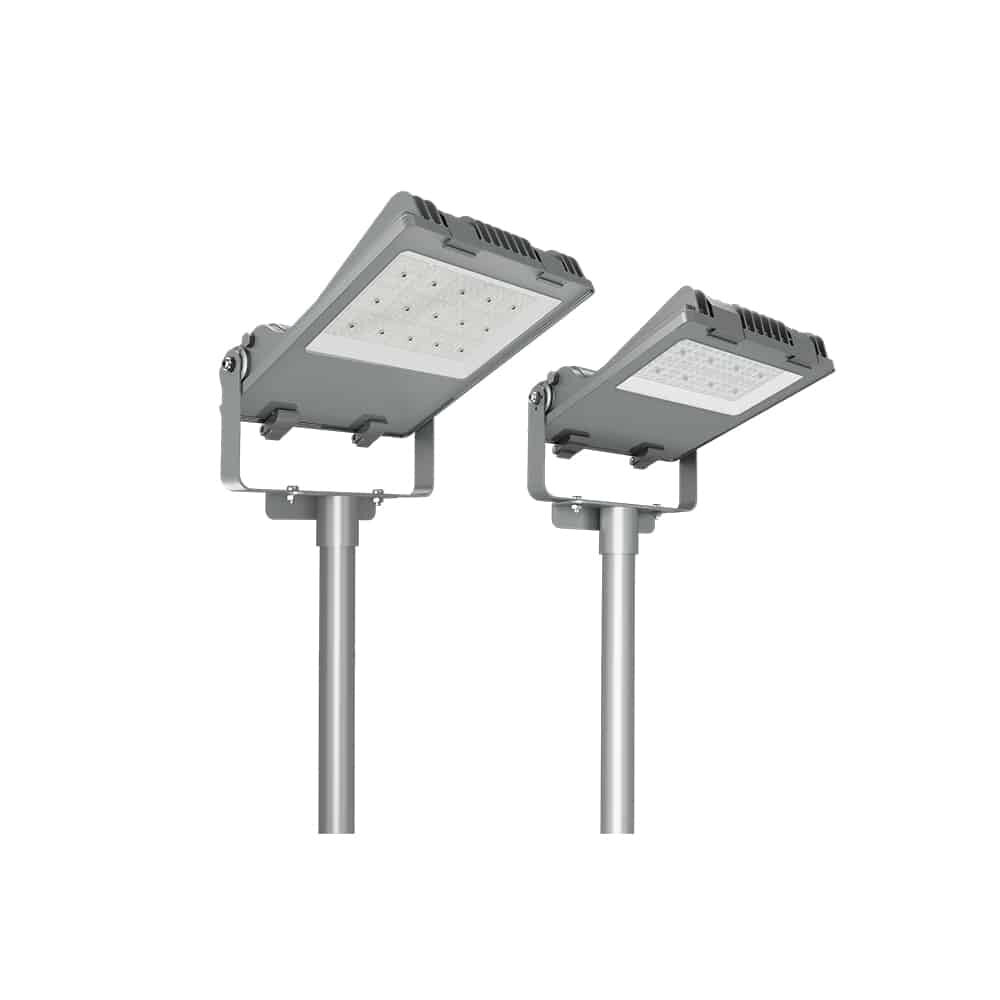
When it comes to LED light therapy, choosing the right device is crucial for achieving optimal results. There are many different types of LED light therapy devices on the market, each with their own unique features and benefits. Some devices are designed specifically for treating acne, while others are more suitable for reducing fine lines and wrinkles. It’s important to do your research and choose a device that is tailored to your specific needs and skin type. One of the most important factors to consider when choosing an LED light therapy device is the wavelength of the light. Different wavelengths of light penetrate the skin at different depths and can have varying effects on the skin. For example, blue light is most commonly used to treat acne because it penetrates the skin at a shallower depth and has antibacterial properties. On the other hand, red light penetrates deeper into the skin and is more effective at stimulating collagen production and reducing inflammation. By choosing a device with the right wavelength of light, you can ensure that you are getting the most out of your LED light therapy sessions.
When choosing an LED light therapy device, there are several factors to consider to ensure you get the best results. Firstly, check the wavelength of the device, as different wavelengths are used to target different skin concerns. Secondly, consider the power output and number of LEDs, as this can affect treatment time and effectiveness. Thirdly, look for a device with adjustable settings so that you can customize your treatment to your individual needs. Additionally, consider the size and shape of the device, as well as the quality and durability of the materials used. Finally, do your research and read reviews to ensure you choose a reputable brand with a proven track record of delivering results.
LED light therapy is a popular skincare treatment on the market, and there are various LED light therapy devices available for use at home. One popular device is the Neutrogena Light Therapy Acne Mask, which uses blue and red lights to target acne and inflammation. Another popular device is the Dr. Dennis Gross Skincare SpectraLite FaceWare Pro, which uses a combination of red and blue lights to reduce wrinkles and improve overall skin tone. Other notable devices include the LightStim for Wrinkles Plus, the Foreo UFO 2, and the Skin Inc Optimizer Voyage Tri-Light++. With so many options available, it’s important to research and choose a device that best suits your skincare concerns and needs.
The reviews of LED light therapy devices have been mostly positive, with many users reporting significant improvements in their skin texture and tone. The devices are becoming more popular due to their non-invasive nature and ability to stimulate collagen production, reduce inflammation, and improve circulation. Some users have reported noticeable changes in just a few weeks of consistent use, while others have seen more gradual improvements over time. However, it’s important to note that not all LED light therapy devices are created equal, and it’s crucial to do your research and choose a high-quality device with the appropriate wavelengths for your specific skin concerns.
LED light therapy is a popular and effective treatment for various skin conditions such as acne, wrinkles, and hyperpigmentation. The therapy works by using specific wavelengths of light to penetrate the skin, stimulating the cells to produce collagen and elastin, which helps to reduce the appearance of fine lines and wrinkles. LED light therapy has also been shown to promote cell growth and regeneration, which can help to improve the overall health and appearance of the skin. Additionally, LED light therapy is a safe and non-invasive treatment that does not require any downtime, making it a convenient option for busy individuals looking to improve their skin’s health and appearance. Overall, regular use of LED light therapy can provide a range of benefits for the skin, including improved texture, tone, and elasticity, making it an excellent addition to any skincare routine.
LED light therapy is a non-invasive and safe treatment that has been found to be effective in treating a variety of skin conditions, such as acne, wrinkles, and hyperpigmentation. The recommended frequency for optimal results depends on the type of LED light therapy being used and the severity of the skin condition. For example, for mild skin conditions, it is recommended to use LED light therapy at least two to three times a week. For moderate to severe skin conditions, it is recommended to use LED light therapy daily for a period of four to six weeks, followed by a maintenance treatment once a week. However, it is important to note that overuse of LED light therapy can cause adverse effects, so it is crucial to follow the recommended frequency for optimal results.
Overall, LED light therapy is a promising option for improving skin health and appearance. It is a non-invasive, painless, and safe treatment that can target a range of skin concerns, from acne to wrinkles. The optimal frequency of treatment will depend on individual skin type, condition, and desired results. It is important to consult with a skincare professional to determine the best approach for your needs. Additionally, LED light therapy should be used in combination with a comprehensive skincare routine that includes cleansing, moisturizing, and protection from the sun. With consistent use and proper care, LED light therapy can be a valuable addition to any skincare regimen.
Conclusion
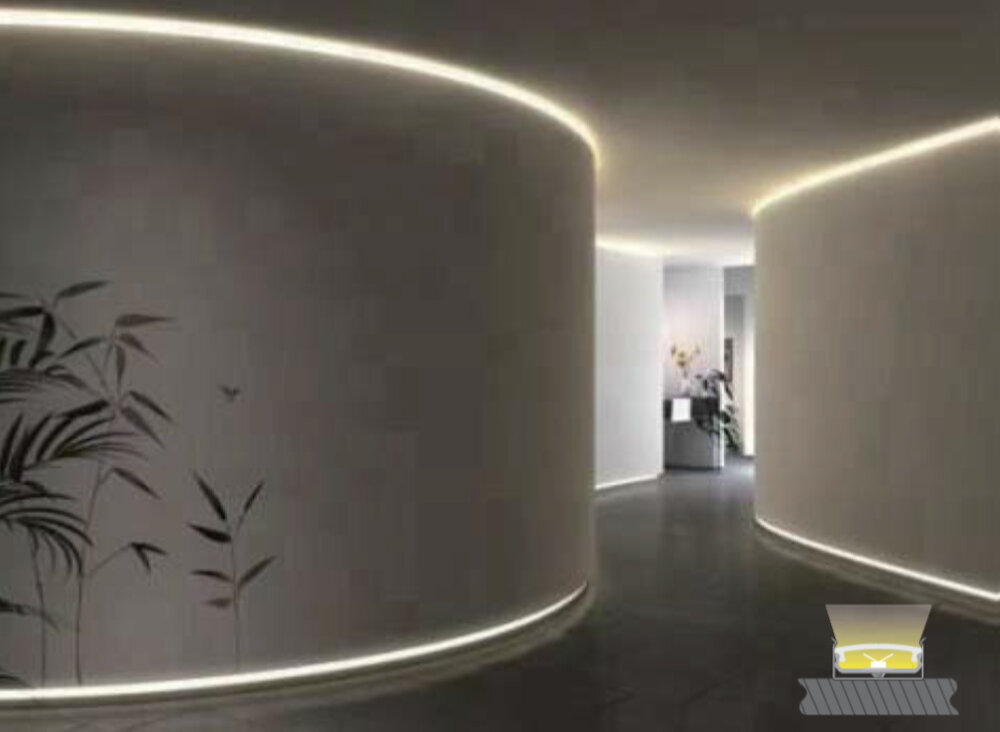
In conclusion, the frequency of LED light therapy sessions for optimal results varies depending on the individual’s skin type, concern, and the device’s power output. However, it is generally recommended to start with two to three sessions per week and gradually increase the frequency to daily use if necessary. It is crucial to follow the manufacturer’s guidelines and consult a dermatologist if you have any underlying skin conditions. Consistency and patience are key to achieving the desired results from LED light therapy, and it should be combined with a healthy skincare routine and lifestyle habits for maximum benefits. Ultimately, with the right approach and dedication, LED light therapy can be a valuable tool in improving skin health and appearance.

